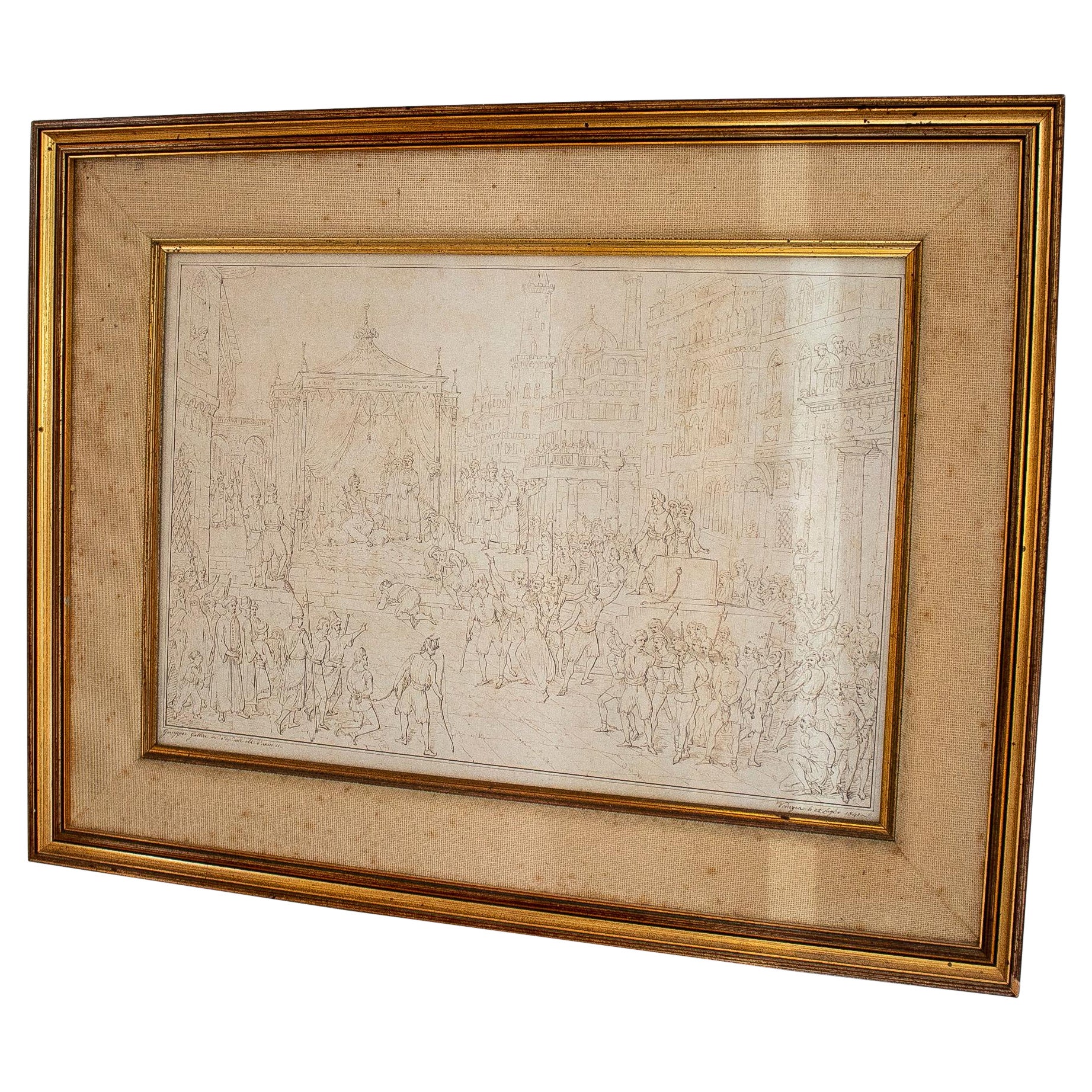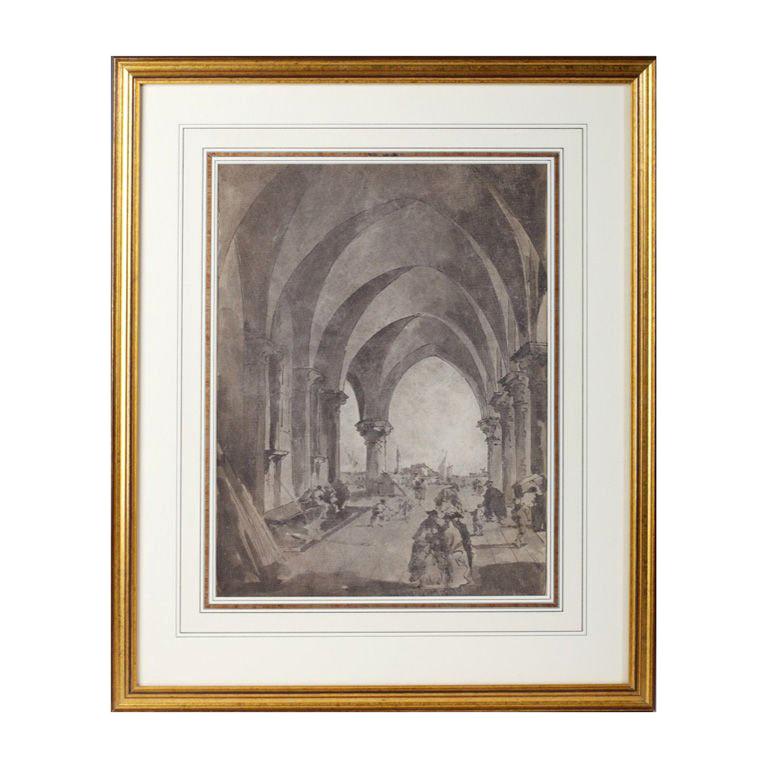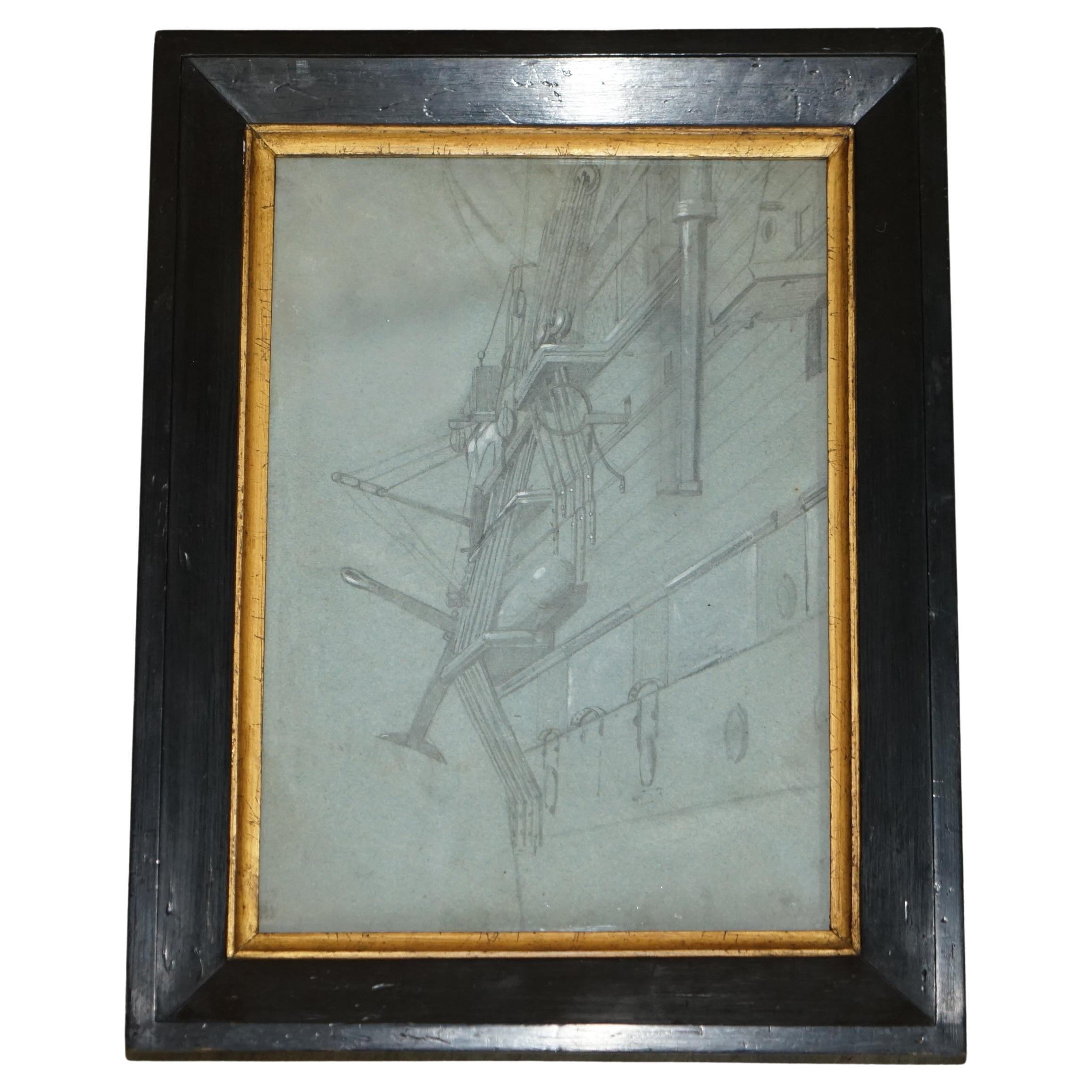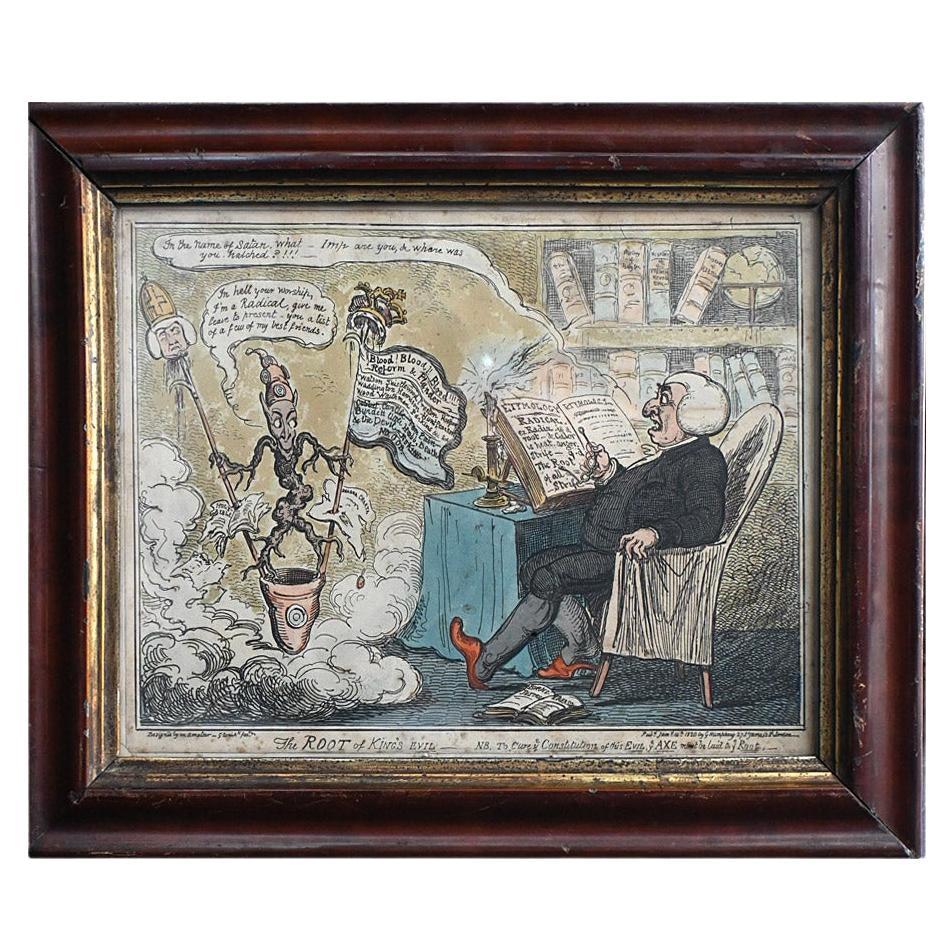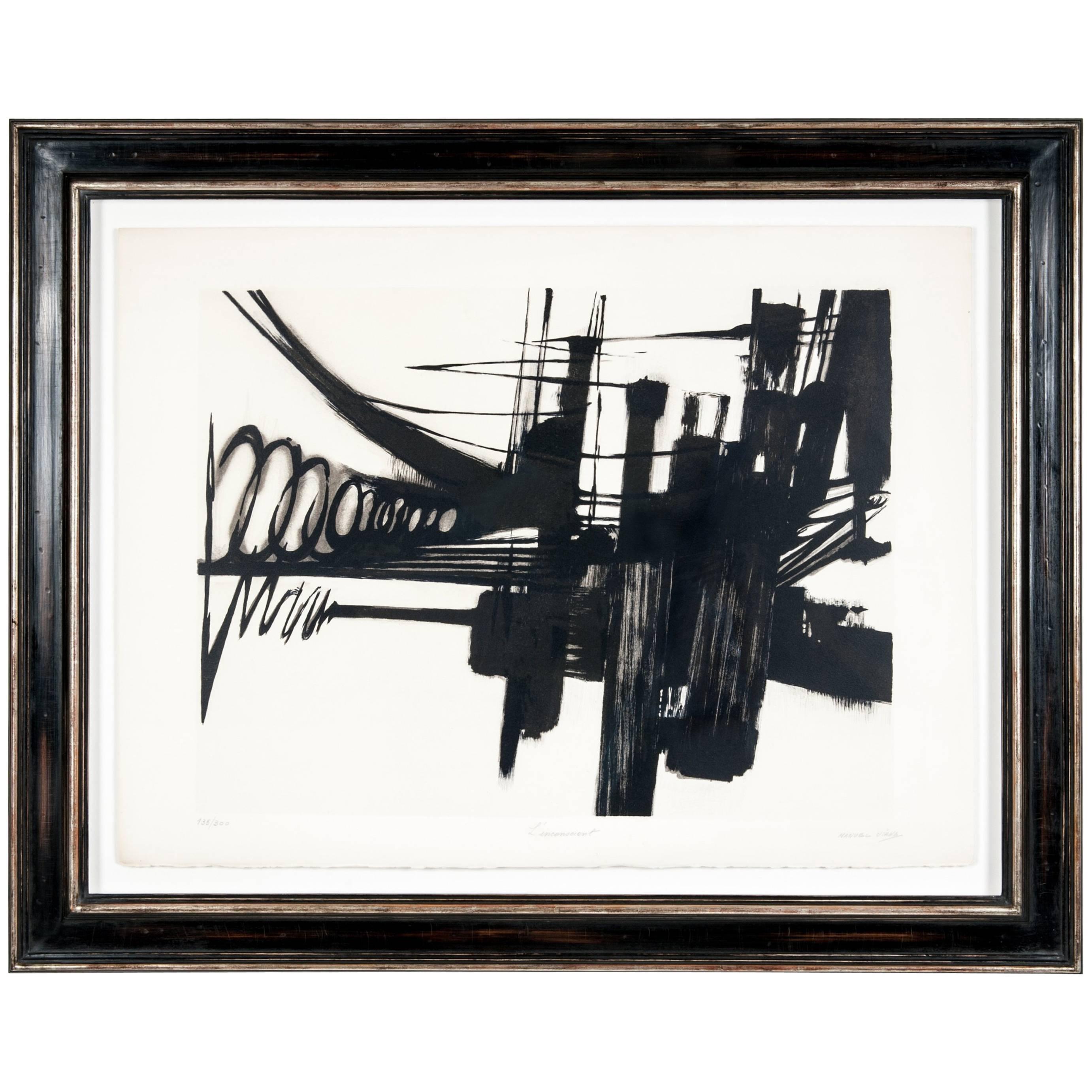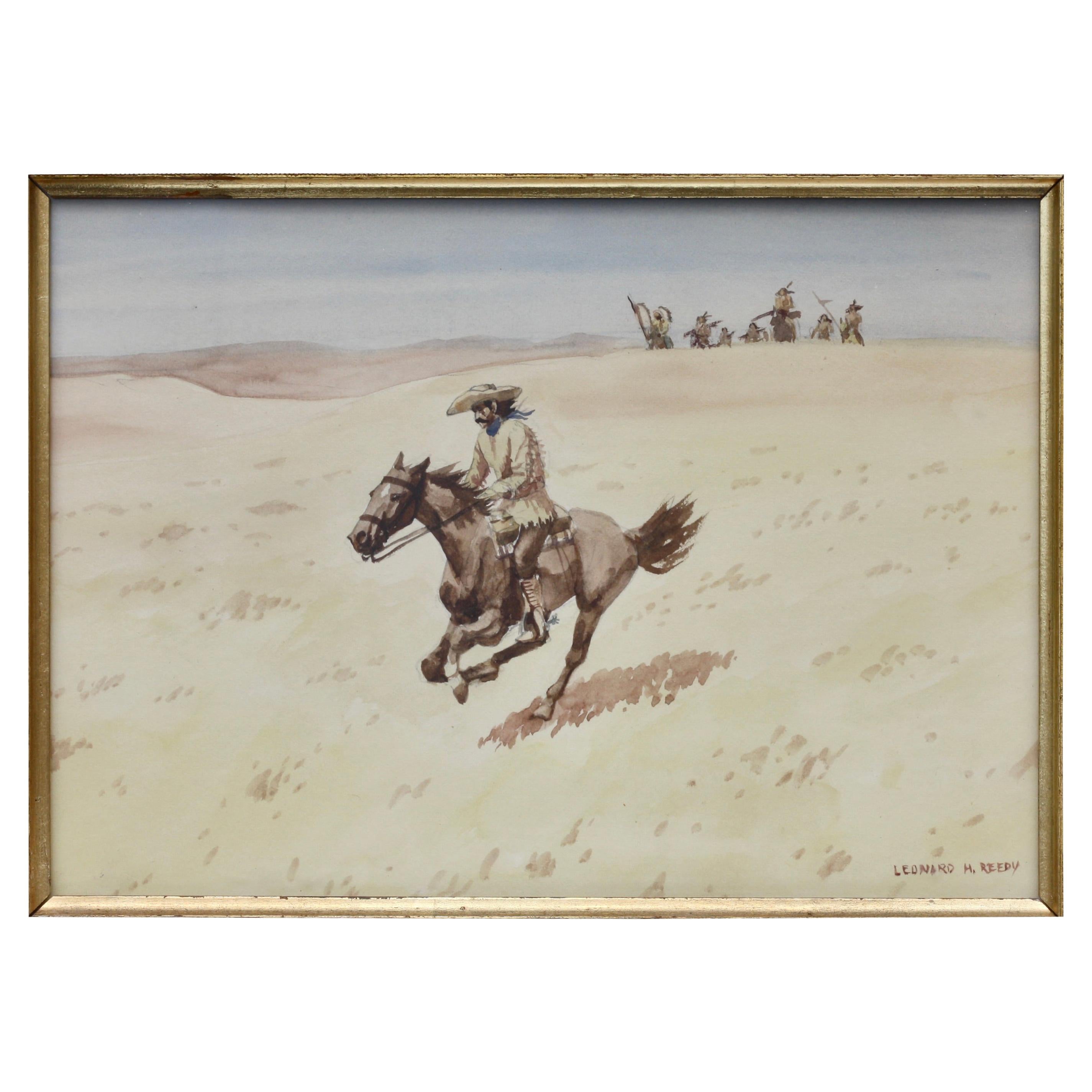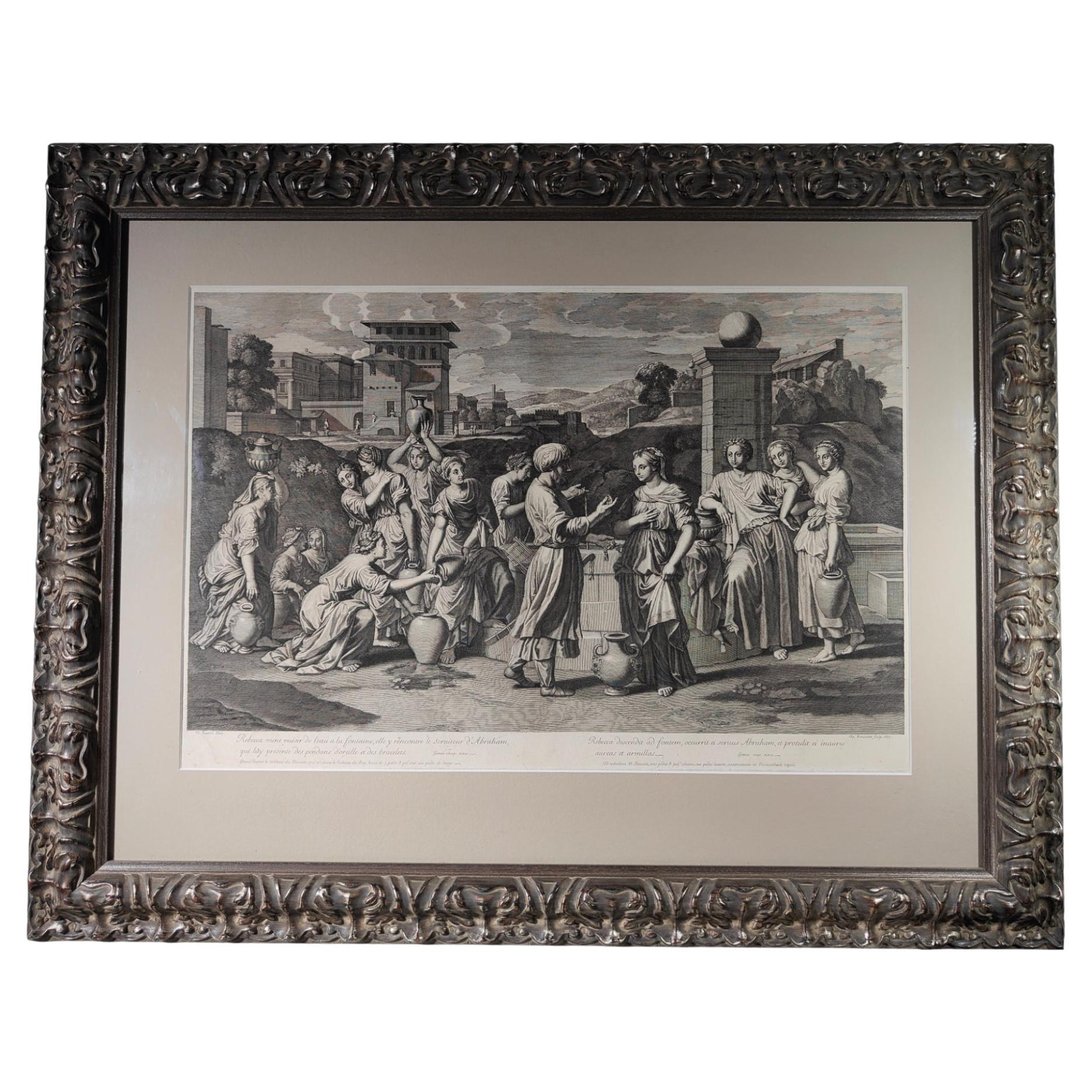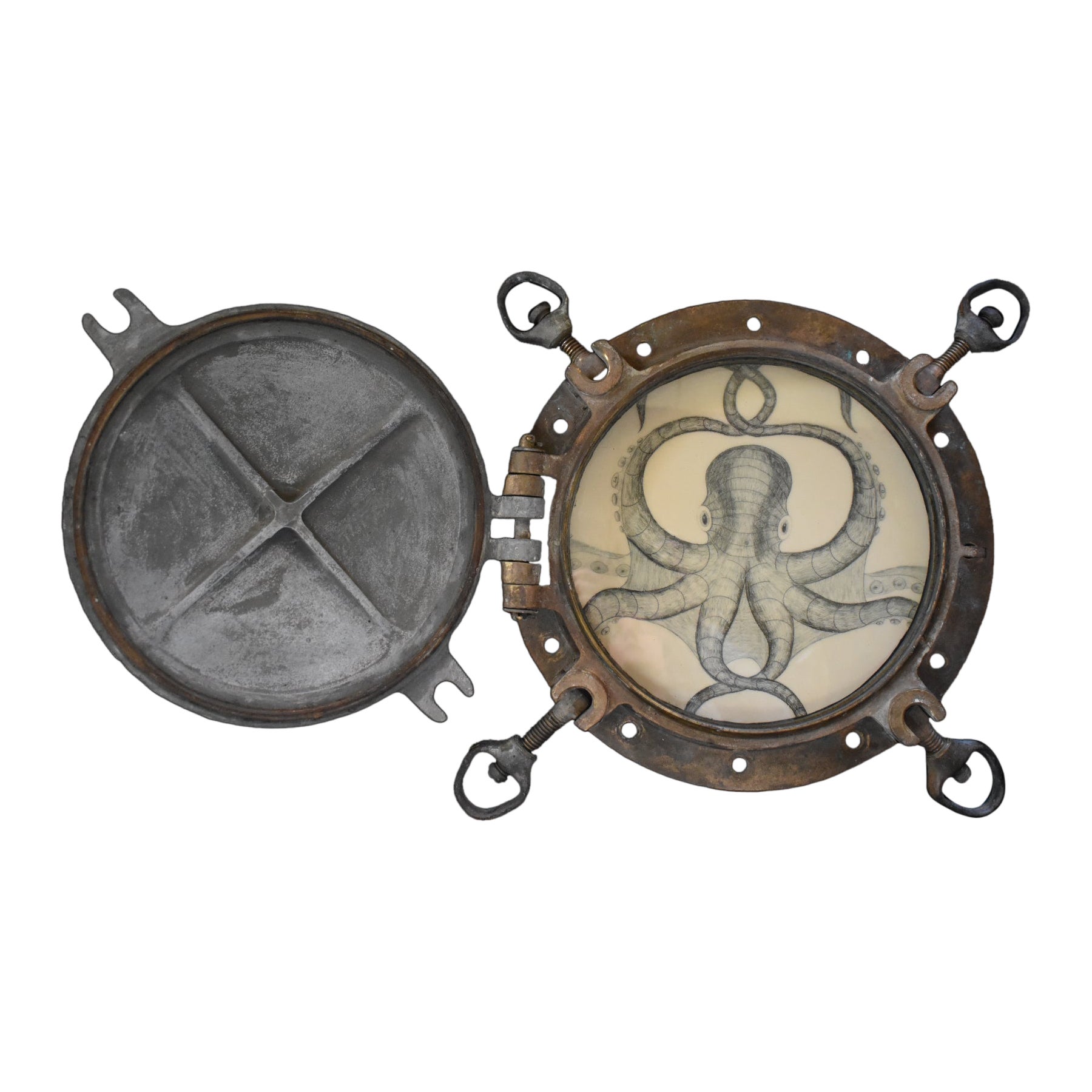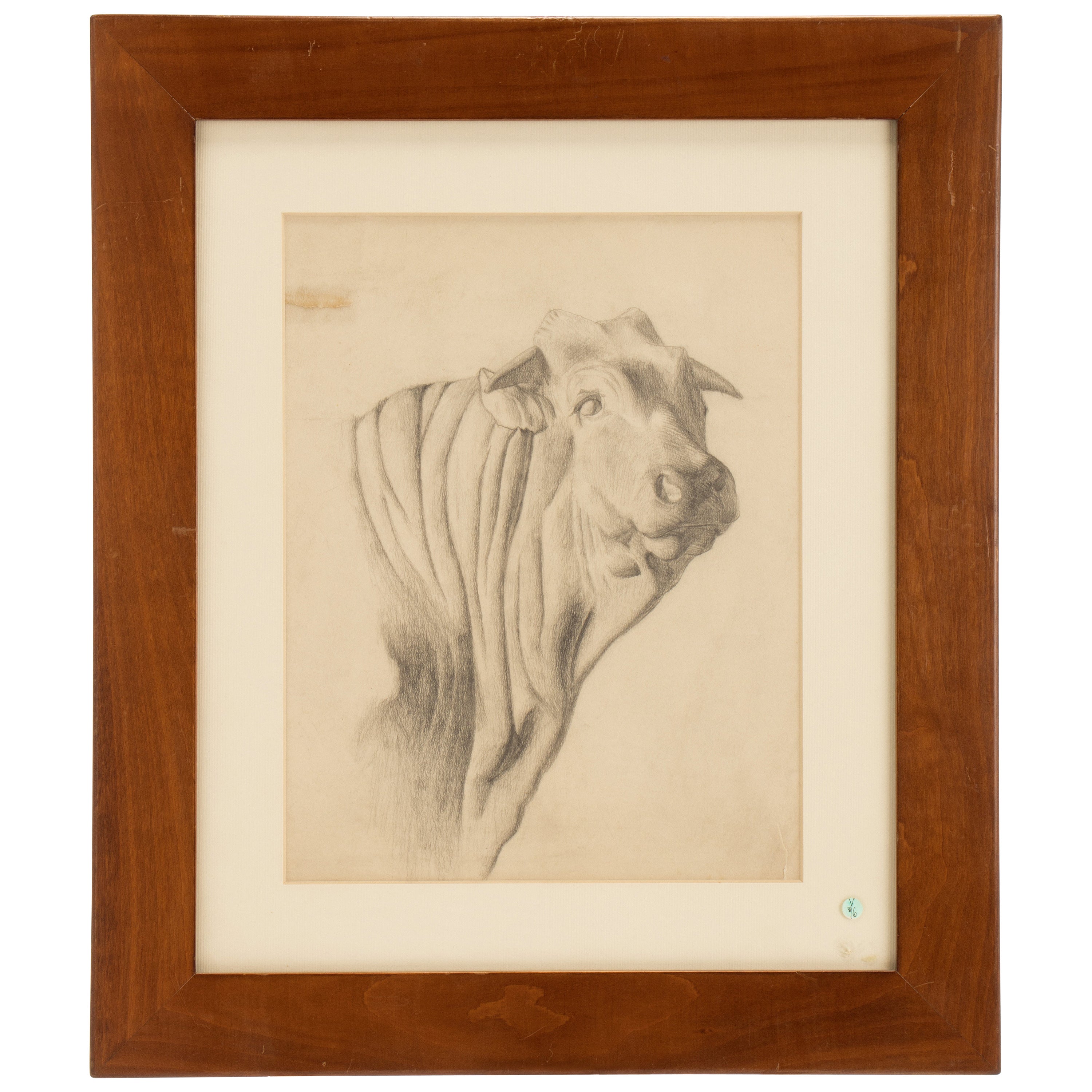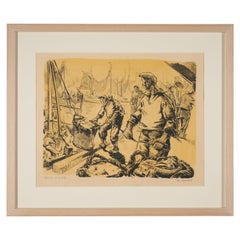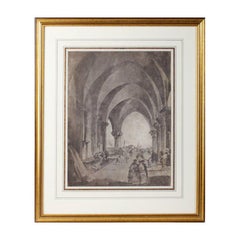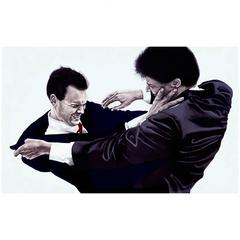
"Men in the Cities" the Fight
View Similar Items
1 of 3
"Men in the Cities" the Fight
About the Item
- Dimensions:Height: 18 in (45.72 cm)Width: 16 in (40.64 cm)Depth: 1.25 in (3.18 cm)
- Style:Modern (In the Style Of)
- Period:
- Date of Manufacture:circa 1986
- Condition:
- Seller Location:New York, NY
- Reference Number:1stDibs: LU107487297643
You May Also Like
- 18th Century Italian City People Drawing w/ FrameLocated in Marbella, ESAntique 18th century Italian city people drawing with gilt frame The measurement is from the drawing.Category
Antique Mid-18th Century Italian Drawings
MaterialsPaper
- Lucien Desmaré, Fishermen in the Harbor, Framed and SignedLocated in Leuven , BELucien Desmaré was a Belgian painter born in 1905 and who died in 1961. He was a painter, etcher, illustrator and decorator. He has followed training at the Academies in Anderlecht, Schaerbeek, Liège and Amsterdam. He preferred landscapes, figures, compositions, cityscapes and still life’s, among other things. He also found inspiration in seascapes (Zeebrugge) and fishermen's scenes. Slightly synthesized design, warm color palette. (PIRON). Black and white sketch...Category
20th Century Belgian Drawings
MaterialsPaper, Paint
- Large Drawing in the Style of Guardi, Italian SchoolLocated in Kittery Point, MEVenetian Capriccio, after Francesco Guardi (Italian, 1712-1793) Unsigned, with a label from Wandenberg Freres (Paris) affixed to the back of the mat.Category
Antique 19th Century Italian Rococo Drawings
MaterialsInk
- Drawing, Portrait of a Gentleman in the manner of Ingres, French SchoolBy J. A. D. IngresLocated in Kittery Point, MEPortrait of a gentleman, pencil on paper. Bearing a signature, Ingres, Paris 1810.Category
Antique 19th Century French Drawings
MaterialsPaper
- Very Fine circa 1850 French School Study of the Side of a Ship in Chalk on PaperLocated in GBWe are delighted to offer this exquisite circa 1850 French school chalk on paper sketch of the side of a ship A beautiful example of the French school, the piece is very serene an...Category
Antique 1850s French Early Victorian Decorative Art
MaterialsPaper
- The Root of Kings Evil, 1835Located in London, GBThe Root of Kings Evil, 1835 This dark image is in reference to an incident which occurred in the winter of 1821. Great Britain, struggling with economic distress after the strain of the Napoleonic Wars, was thrown into a period of intense social unrest. The middle class, who bore the brunt of the cost of the victory against France, was struggling under the newly imposed Corn Laws. Periods of famine ensued, and unemployment soared as soldiers returned from the continent looking for work. One such soldier was Arthur Thistlewood. In January of 1820, King George III died unexpectedly, precipitating a constitutional crisis, and creating the necessity of a general election. Thistlewood, aggrieved by the erratic behavior of the now dead King, and affronted by the lavish lifestyle of the prince regent, took advantage of the wave of national instability, and organized a group of 12 men to overthrow the government. They called themselves The Spenceans Philanthropists, after Thomas Spence, a schoolteacher who had been imprisoned for selling “radical” books. Now known as the Cato Street Conspiracy (named after the address of the conspirator’s den), the incident is primarily well known for having gone famously wrong, and it being the last major insurrection in Great Britain. Almost absurdly, the Spenceans planned to murder the entire cabinet, and Prime Minister, Lord Liverpool, while they were all in attendance at a dinner in Grosvenor Square. Unfortunately for Thistlewood, along with his cronies, he was informed upon, and the group was arrested on their way to the Cato Street meeting place. The group was reportedly confronted with bags in their hands, which they had brought to carry the heads of the men they intended to assassinate. Thistlewood, along with co-conspirators Thomas Preston, John Hopper, and James Watson, was convicted of High Treason, and was publicly hanged and beheaded. The other conspirators were sent to Australia. In this ghoulish image by George Cruikshank, an apparition of a demon appears to King George III from the well of a censer, as he sits in his study, reading on the subject of the history of rebellion, and specifically, the etymology of the word “Radical.” Growing from a mangled root, the demon holds lances in both hands, one run through the Holy Bible, with the severed head of the Archbishop of Canterbury impaled upon its blade, the other run through the Magna Carta...Category
Antique 19th Century European Early Victorian Drawings
MaterialsPaper
